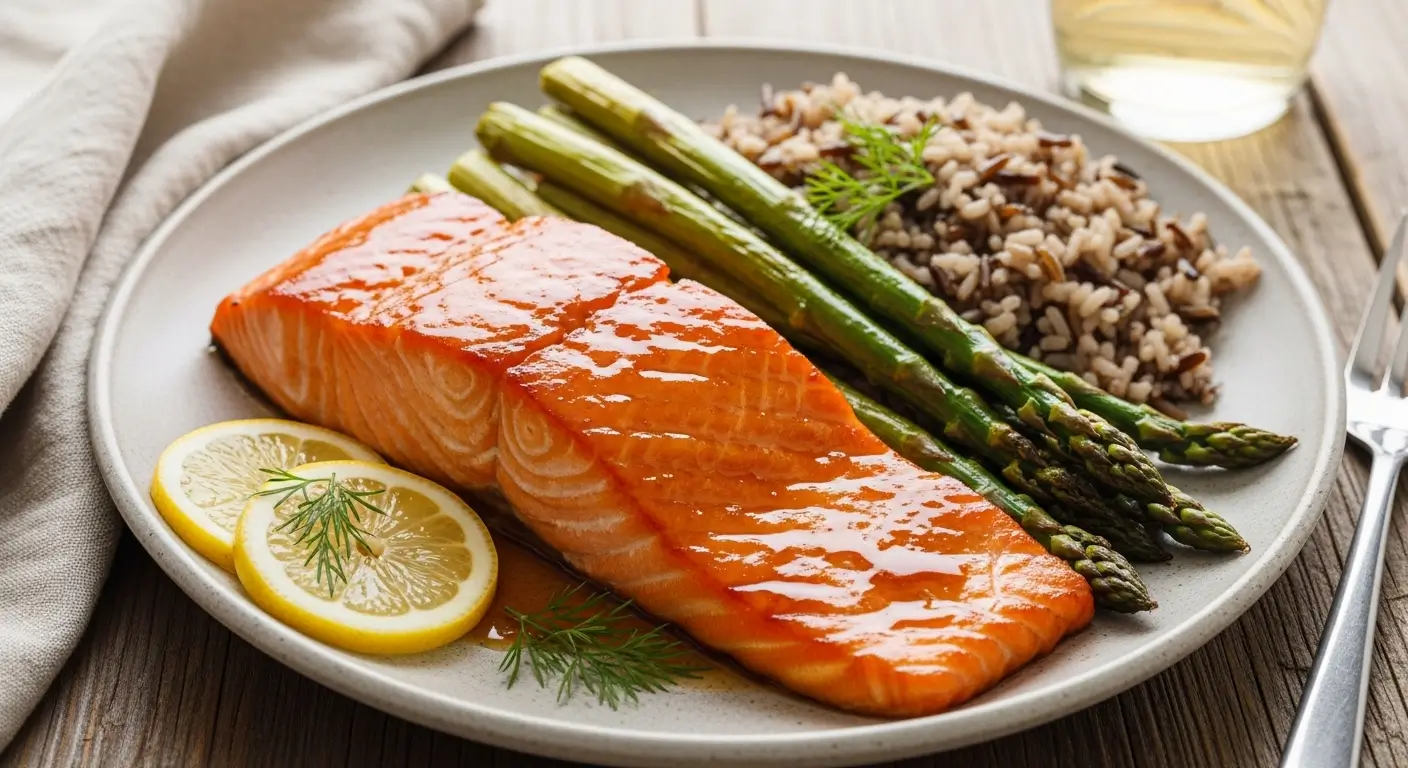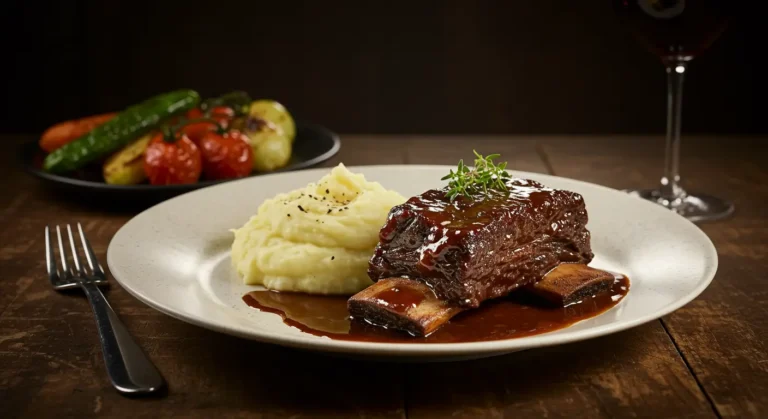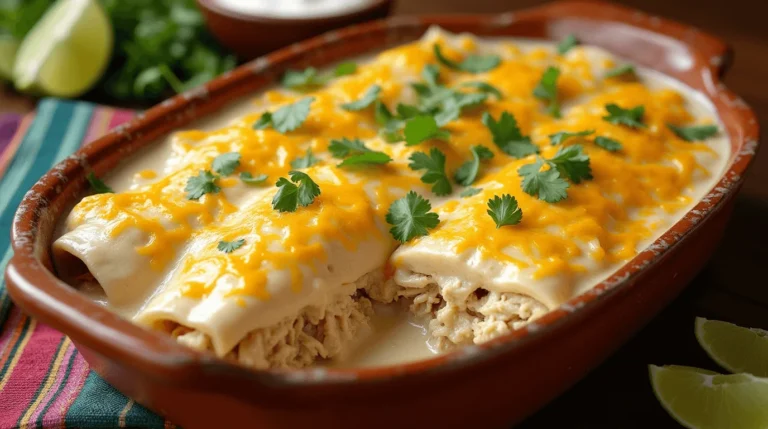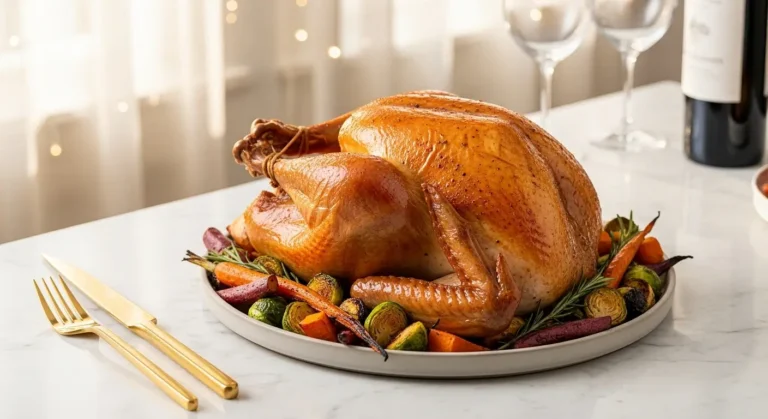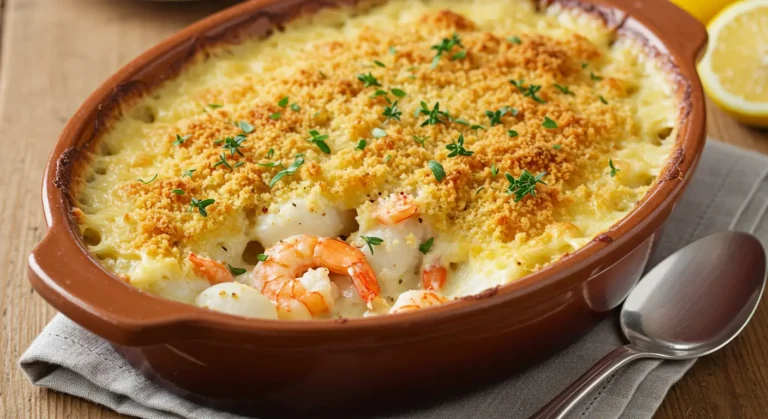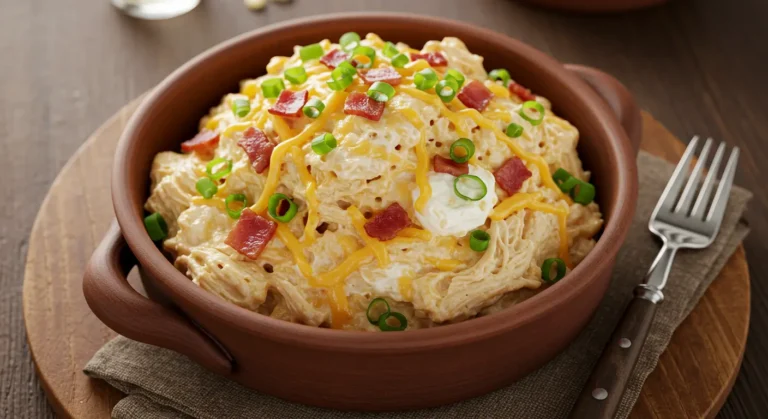Easy Maple Glazed Salmon – A Healthy Dinner You’ll Love
What transforms simple salmon fillet into restaurant-quality entrée that delivers sweet-savory complexity while providing omega-3 fatty acids and lean protein without requiring culinary school training or complicated techniques? The answer lies in creating sticky maple glaze that caramelizes beautifully during cooking while keeping fish moist and tender inside. This maple glazed salmon proves that healthy dinners become extraordinary when quality ingredients meet proper cooking method. The main dish recipe delivers perfect harmony where flaky salmon meets sweet maple and tangy mustard glaze, allowing each component to contribute distinct flavor that creates memorable weeknight meal.
Table of Contents
Ingredients List
For this maple glazed salmon you’ll need fresh fish, pure maple syrup, pantry staples, and simple seasonings that creates impressive dinner everyone devours.
For the Salmon:
- 4 salmon fillets (6 ounces each)
- Salt and black pepper to taste
- 1 tablespoon olive oil
- Fresh lemon wedges for serving
- Fresh dill or parsley for garnish
For the Maple Glaze:
- 1/4 cup pure maple syrup
- 2 tablespoons soy sauce or tamari
- 2 tablespoons Dijon mustard
- 2 cloves garlic, minced
- 1 tablespoon fresh lemon juice
- 1/2 teaspoon ground ginger
- 1/4 teaspoon red pepper flakes (optional)
- 1 tablespoon butter (optional for finishing)
Timing
This maple glazed salmon requires minimal preparation and quick cooking, making it perfect for busy weeknight dinners when time runs short:
- Prep time: 10 minutes
- Marinating time: 15 minutes (optional)
- Cooking time: 12-15 minutes
- Total time: 25-40 minutes
- Serves: 4 people
Step-by-Step Instructions
Step 1: Prepare the Glaze
Whisk together maple syrup, soy sauce, Dijon mustard, minced garlic, lemon juice, ground ginger, and red pepper flakes in small bowl. Mix until smooth and well combined for the maple glazed salmon.
Step 2: Prep the Salmon
Pat salmon fillets dry with paper towels and season both sides with salt and pepper. Dry surface ensures proper searing and helps glaze adhere better during cooking the maple glazed salmon.
Step 3: Optional Marinating
Place salmon in shallow dish and pour half the glaze over fillets, turning to coat. Marinate for 15 minutes at room temperature while preheating oven, reserving remaining glaze for basting.
Step 4: Preheat and Prepare Pan
Preheat oven to 400°F. Heat oven-safe skillet over medium-high heat with olive oil until shimmering. Proper temperature creates beautiful caramelization on the maple glazed salmon.
Step 5: Sear the Salmon
Place salmon fillets skin-side up in hot skillet. Sear for 3-4 minutes without moving until golden crust forms. This initial sear locks in moisture and creates flavorful exterior.
Step 6: Flip and Glaze
Carefully flip salmon fillets skin-side down. Brush generously with reserved maple glaze, coating entire surface for sticky, caramelized finish on the maple glazed salmon.
Step 7: Finish in Oven
Transfer skillet to preheated oven and bake for 6-8 minutes until salmon reaches 145°F internal temperature. Fish should flake easily with fork but remain moist in center.
Step 8: Rest and Serve
Remove from oven and let rest for 2 minutes. Brush with any remaining glaze and optional butter for extra shine. Garnish with fresh herbs and lemon wedges before serving the maple glazed salmon immediately.
Nutritional Information
For a serving of this maple glazed salmon, you’ll receive protein-rich meal that provides essential nutrients for healthy diet without excessive calories:
- Calories: 345 per serving
- Carbohydrates: 15g
- Dietary fiber: 0g
- Total fat: 16g
- Saturated fat: 3g
- Cholesterol: 95mg
- Sodium: 485mg
- Protein: 35g
- Omega-3 fatty acids: 2,200mg
- Vitamin D: 110% daily value
- Vitamin B12: 85% daily value
- Selenium: 75% daily value
Healthier Alternatives for the Recipe
Transform your maple glazed salmon into a healthier version with these modifications that reduce sodium and sugar while maintaining sweet-savory character:
- Reduced sodium: Use low-sodium soy sauce or coconut aminos to cut sodium content by half
- Sugar-free option: Replace maple syrup with sugar-free pancake syrup for diabetic-friendly version
- Honey substitute: Use raw honey instead of maple syrup for different mineral profile and floral notes
- Wild-caught salmon: Choose wild-caught over farmed for higher omega-3 content and better sustainability
- Oil-free cooking: Bake salmon on parchment paper without oil to eliminate added fats
- Extra vegetables: Serve over bed of roasted vegetables to increase fiber and nutrient density
- Portion control: Use 4-ounce fillets instead of 6-ounce for reduced calories while maintaining satisfaction
Serving Suggestions
Elevate your maple glazed salmon experience with these ideas that transform simple fish into complete meal for various occasions:
- Serve over bed of quinoa, brown rice, or cauliflower rice for complete balanced meal
- Pair with roasted Brussels sprouts, asparagus, or green beans for colorful vegetable sides
- Top with toasted sesame seeds and sliced green onions for Asian-inspired presentation
- Accompany with mashed sweet potatoes and sautéed kale for comfort food dinner
- Serve cold over mixed greens with citrus vinaigrette for light summer salad
- Pair with wild rice pilaf and steamed broccoli for elegant dinner party entrée
- Flake into grain bowls with edamame, cucumber, and avocado for healthy lunch
- Serve alongside roasted fingerling potatoes and lemon butter sauce for special occasion
Common Mistakes to Avoid
Master this maple glazed salmon by avoiding these pitfalls that compromise texture, flavor balance, and overall quality of finished dish:
- Overcooking the fish: Cooking past 145°F creates dry, tough texture instead of moist, flaky salmon
- Skipping the sear: Missing stovetop step results in pale, steamed appearance without caramelized glaze
- Wet salmon surface: Moisture prevents proper searing and glaze adhesion, creating soggy exterior
- Too much heat: High oven temperature burns glaze before fish cooks through completely
- Wrong pan choice: Using non-oven-safe skillet prevents proper finishing and creates safety hazard
- Old fish: Fishy smell indicates poor quality that no glaze can mask or improve
- Glazing too early: Applying glaze before searing causes burning instead of caramelization
Storing Tips for the Recipe
Preserve the freshness of your maple glazed salmon with these strategies that maintain quality and food safety for leftover enjoyment:
- Refrigerator storage: Store cooked salmon in airtight container for up to 3 days maximum
- Cooling properly: Refrigerate within 2 hours of cooking to prevent bacterial growth
- Separate glaze storage: Keep extra glaze in sealed jar refrigerated for up to 1 week
- Reheating method: Warm gently in 275°F oven for 10 minutes or microwave at reduced power
- Freezing option: Wrap cooked salmon tightly and freeze for up to 2 months, though texture suffers
- Meal prep strategy: Prepare glaze up to 3 days ahead for quick weeknight dinner assembly
- Leftover ideas: Flake cold salmon into salads, pasta, or grain bowls within 3 days
Conclusion
This maple glazed salmon combines flaky fish with sweet-savory glaze, creating restaurant-quality meal through simple searing and baking technique. The recipe proves that healthy dinners become effortless when omega-3-rich salmon meets pure maple syrup and proper cooking method. Whether preparing weeknight family dinner or elegant entertaining, this nutritious dish adds sophistication while providing essential nutrients that support overall wellness.
Ready to create impressive healthy dinner? Try this maple glazed salmon today and share your experience in the comments below. We’d love to hear about your favorite side dish pairings or glaze variations that made this recipe your weeknight staple!
FAQs
Can I make this maple glazed salmon on the grill? Yes, grill over medium-high heat for 4-5 minutes per side, brushing with glaze during last few minutes of cooking.
What if I don’t have pure maple syrup? Honey works as substitute, though flavor will differ slightly from authentic maple character in original recipe.
How do I know when salmon is done? Internal temperature should reach 145°F and fish should flake easily with fork while remaining moist in center.
Can I use frozen salmon? Yes, thaw completely in refrigerator overnight and pat very dry before cooking for best results.
What if I don’t have oven-safe skillet? Sear in regular skillet, then transfer salmon to baking sheet for oven finishing.
Can I make this without soy sauce? Substitute with Worcestershire sauce or coconut aminos for similar umami depth without soy.
Why is my glaze burning? Oven temperature too high or glazing too early causes burning before fish cooks through properly.
Can I prep this ahead? Mix glaze and season salmon up to 4 hours ahead, cooking just before serving for best texture.
What salmon cut works best? Center-cut fillets with skin on provide most even cooking and attractive presentation.
Can I make this dairy-free? Yes, simply omit optional butter finish for completely dairy-free healthy dinner option.
How do I prevent sticking? Ensure pan is properly heated and salmon surface is dry before adding to hot skillet.
Your Feedback Matters
There are no reviews yet. Be the first one to write one.

